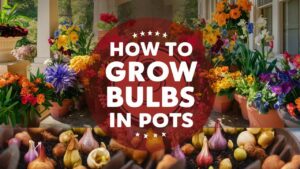Below, we will explore the key facets of Zone 7 gardening in April, covering what to plant, maintenance practices, and helpful tips for optimizing your gardening efforts.
Understanding Zone 7 Climate
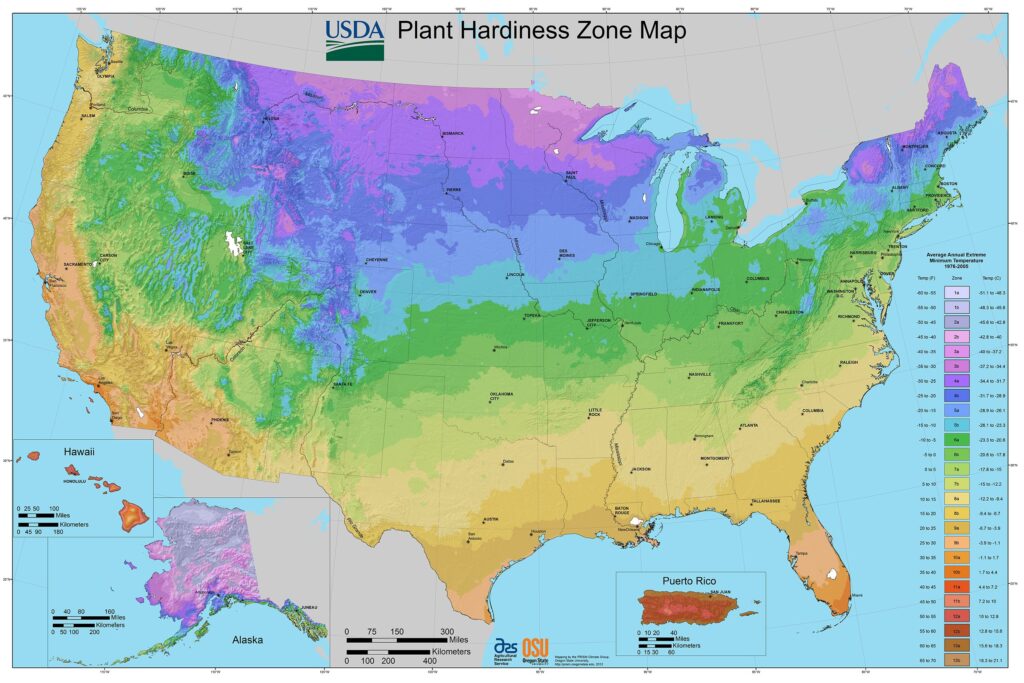
Before diving into the specifics of gardening in April, let’s briefly understand what makes Zone 7 unique. Zone 7 typically experiences average winter temperatures ranging from 0°F to 10°F, with an average last frost date typically occurring between mid-April and late April. This gives gardeners in this zone a fairly long growing season, extending approximately 210 days from last frost to the first frost in fall.
Preparing for April Gardening
Clean-Up and Maintenance

April is often synonymous with spring cleaning, and your garden is no exception. The first task for any gardener is to tidy up the space. Remove any remaining winter debris, such as dead leaves and spent plants. This not only enhances the aesthetic appeal of your garden but also helps reduce pests and diseases that may harbor in decaying organic matter.
Soil Preparation
Healthy soil is the backbone of any successful garden. In April, it’s crucial to prepare your soil properly. Start by testing its pH level; most plants thrive in slightly acidic to neutral soil (pH 6.0-7.0). Depending on the results, amend your soil with organic matter like compost or well-rotted manure to enrich its nutrient content.
Soil Testing Methods
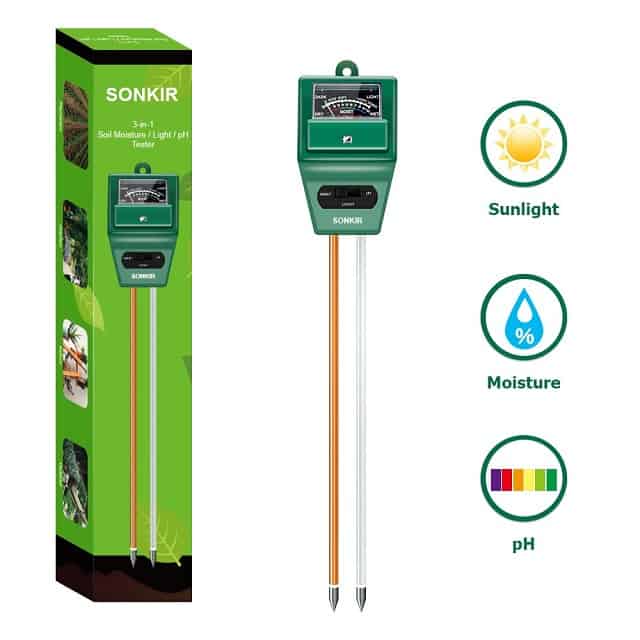
DIY soil testing kits are widely available at garden centers and can provide valuable insights regarding nutrient levels, pH, and potential deficiencies. You can also consider sending a sample to a local agricultural extension service for a more thorough analysis. This information shapes your fertilizer and amendment strategy effectively.
Tilling and Aeration

Tilling the soil also promotes aeration and prepares it for new plantings. If your garden has heavy clay soil, consider adding sand or gypsum to improve drainage. Conversely, if your soil is sandy, incorporating organic matter can help retain moisture. Furthermore, well-aerated soil allows for beneficial microorganisms to thrive, creating an ecosystem that supports robust plant growth.
What to Plant in April
April in Zone 7 offers an exciting array of planting opportunities.
Cool-Season Vegetables
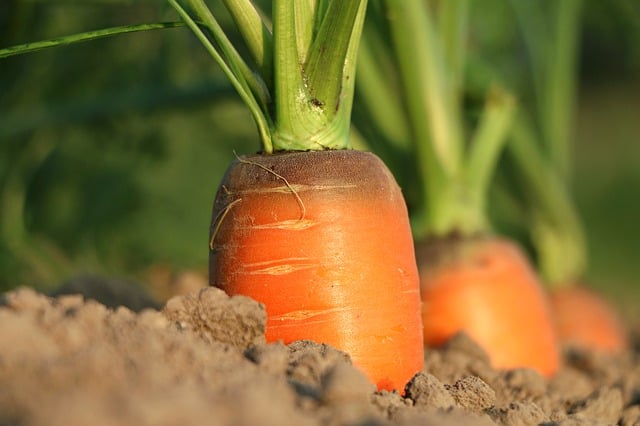
At the beginning of April, you can still plant cool-season vegetables, which thrive in the cooler temperatures of early spring. Ideal options to consider include:
Lettuce: Varieties like butterhead and romaine can be sown directly into the soil. They mature quickly, providing delicious salads in about 30-60 days. Consider staggering your sowing every couple of weeks to enjoy a continuous harvest throughout the spring.
Radishes: These fast-growing root vegetables can be sown as early as possible. They take roughly 25-30 days to mature, making them a rewarding choice. Choose different varieties, such as Cherry Belle for early use and Daikon for a unique taste down the line.
Carrots: Planting carrot seeds directly in the ground during April allows for a pleasant harvest later in summer. Choose varieties suited for your soil conditions, considering shorter varieties if your soil is particularly rocky or compacted.
Peas: Varieties such as snap peas and snow peas thrive in cooler temperatures. April is an ideal time to plant these seeds, as they require longer days to produce plentiful yields. Peas also fix nitrogen in the soil, contributing to the health of future crops.
Warm-Season Vegetables

As the month progresses and temperatures begin to rise, Zone 7 gardeners can begin sowing warm-season vegetables. These include:
Tomatoes: Start heirloom varieties indoors to transplant in late April, or direct sow determinate types outdoors after the risk of frost has passed. Tomatoes require warmth and sun to thrive, so ensure they receive optimal light conditions.
Peppers: Similar to tomatoes, peppers flourish when started indoors. Their love for heat means they can be sown about six to eight weeks prior to the last frost date. Aim to transplant them in late April or early May for the healthiest growth.
Cucumbers: These climbing vegetables can be sown directly into the garden by the latter half of April. Provide ample support, such as trellises, as they thrive on vertical growth and will yield prolifically during the warmer months.
Herbs and Flowers
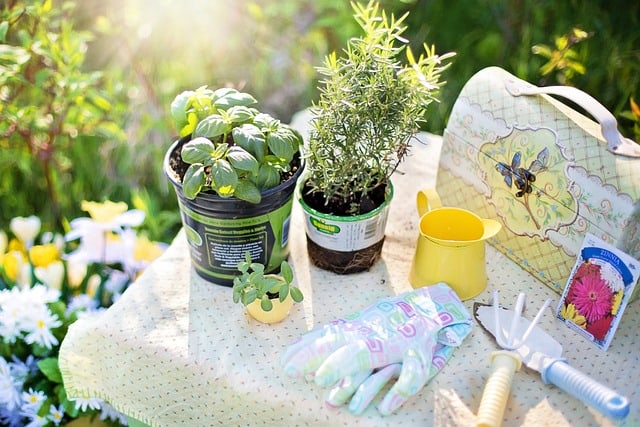
April is not just about vegetables; herbs and flowers can also be seeded or transplanted. Consider planting:
Basil: Start indoors or transplant outdoors after the last frost date; basil thrives in warm temperatures and adds savory flavors to summer dishes. Growing multiple varieties, like sweet basil and Thai basil, can enhance your culinary options.
Zinnias: These cheerful flowers can be direct-seeded in April to establish bright colors in your garden and attract pollinators. Zinnias are low-maintenance and come in a variety of heights, making them perfect for mixed borders.
Marigolds: Known for their pest-repelling qualities, marigolds can be sown directly into the garden in April to enhance your vegetable plots. Their vibrant colors and ability to deter nematodes make them a valuable addition to any garden.
Caring for New Growth
As your seedlings and transplants establish their roots, ongoing care is crucial to ensuring successful harvests later in the season.
Watering Techniques
With the warming temperatures of April, monitoring moisture levels becomes paramount. Newly planted seeds and transplants will require consistent watering to establish their roots.
Best Practices for Watering
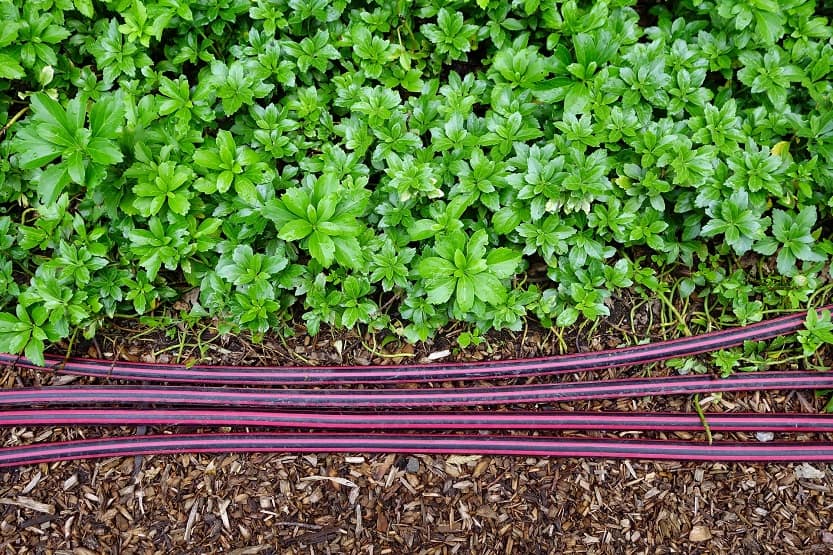
Consider using a soaker hose or drip irrigation system to deliver moisture directly to the root zone while minimizing evaporation. Water early in the morning or late in the evening when temperatures are cooler to prevent rapid water loss.
Be mindful of soil moisture by using your finger to check the top one to two inches of soil. If it feels dry, it’s time to water. Overwatering, however, can lead to root rot, so finding the right balance is essential. Experimenting with the timing and the amount of water based on plant needs will yield the best results.
Mulching
Applying a layer of mulch is beneficial in multiple ways. Mulch helps retain moisture, suppresses weeds, and regulates soil temperature.
Types of Mulch
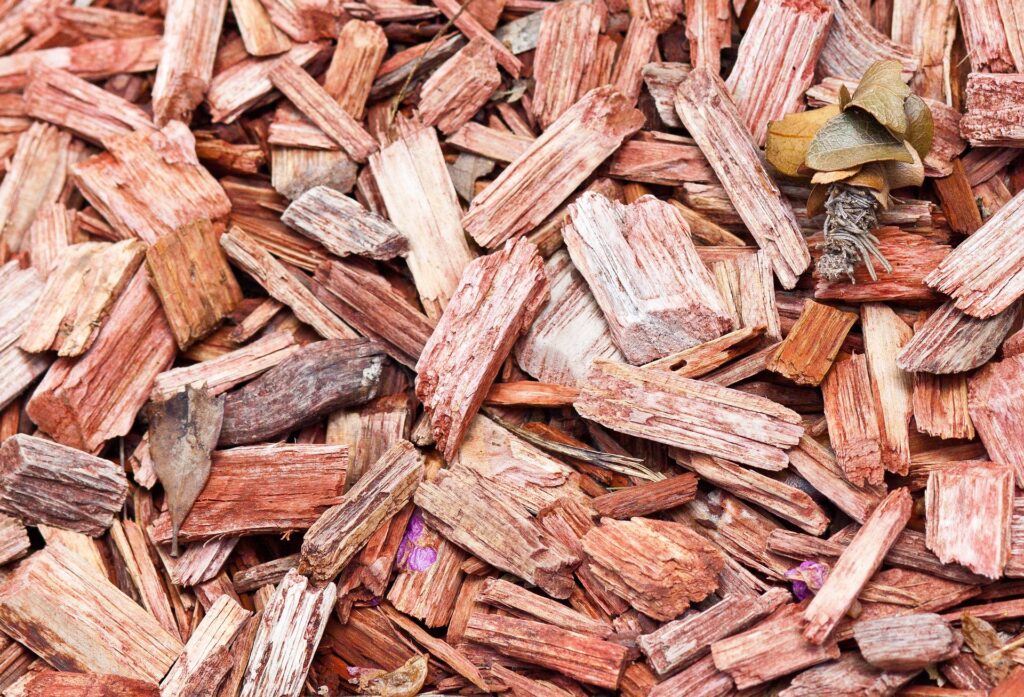
Consider using organic materials such as straw, shredded leaves, or wood chips, which will break down over time and further enrich the soil. An additional benefit of organic mulch is that it enhances the appearance of your garden, adding a finished touch to newly planted areas.
Synthetic mulches, like landscape fabric, can be effective in controlling weeds but lack the soil-building benefits of organic options. A combination of both can contribute to healthier garden outcomes, depending on specific needs.
Pest Management
As your garden flourishes, it may also attract a few uninvited guests. Depending on your location, pests like aphids, cabbage worms, and slugs may begin to appear. Regularly inspect your plants for signs of infestation.
Integrated Pest Management
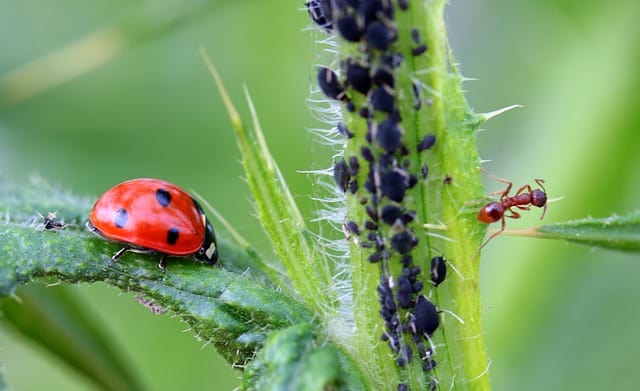
Adopting an integrated pest management approach can help keep your plants healthy and thriving. Integrated pest management encompasses biological controls (beneficial insects), mechanical controls (hand-picking pests or barriers), and cultural controls (like crop rotation and companion planting).
Organic controls, such as introducing beneficial insects like ladybugs or using neem oil, can be effective while still being eco-friendly. Having a diversified garden with plants that attract natural predators can provide a balanced ecosystem that is less likely to witness drastic pest damage.
Aesthetics and Landscaping in April
Beyond just planting vegetables and herbs, April’s vibrant blooms can transform your garden into a visual masterpiece.
Planting Perennials
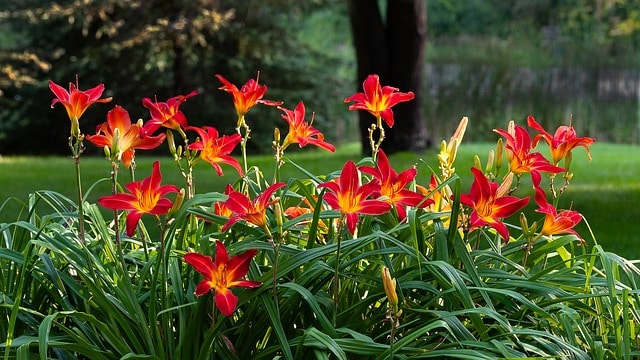
April is an excellent time to plant perennials that will come back year after year. Consider:
Daylilies: A hardy perennial that thrives in various conditions, daylilies add splashes of color from summer through fall. They’re tolerant of drought and poor soil, making them low-maintenance options for colorful borders.
Astilbe: This shade-loving perennial features feathery plumes of color that thrive near water features or among woodland gardens. Astilbe also attracts hummingbirds, adding yet another layer of life to your outdoor space.
Echinacea (Coneflower): A drought-tolerant plant that attracts pollinators and provides visual interest well into the fall. Echinacea cultivars can add diversity, with different color variations including pink, purple, and even white blooms.
Planning a Pollinator Garden
April is the time to invite pollinators into your garden. Planting flowers that attract bees, butterflies, and hummingbirds not only enhances beauty but is vital for successful vegetable production.
Choosing the Right Plants

Select a wide variety of flowers and herbs that bloom at different times. This encourages a diverse range of pollinators, ensuring a consistent flow of beneficial insects that can enhance crop productivity. Consider plants hitched to native species that evolved in your area, as they will often be better suited to local conditions and attract native pollinator species.
Incorporating a mix of annuals, perennials, and herbs can create a rich tapestry of growth that thrives throughout the spring, summer, and fall, making your garden a blooming haven for pollinators.
Seasonal Challenges and Solutions
Gardening in April may not be without its challenges. Understanding them ahead of time can help you combat potential issues.
Frost Protection
Even in Zone 7, the risk of late frosts remains during April, particularly in the early part of the month. Be vigilant and protect any delicate seedlings from unexpected cold snaps.
Strategies for Frost Protection
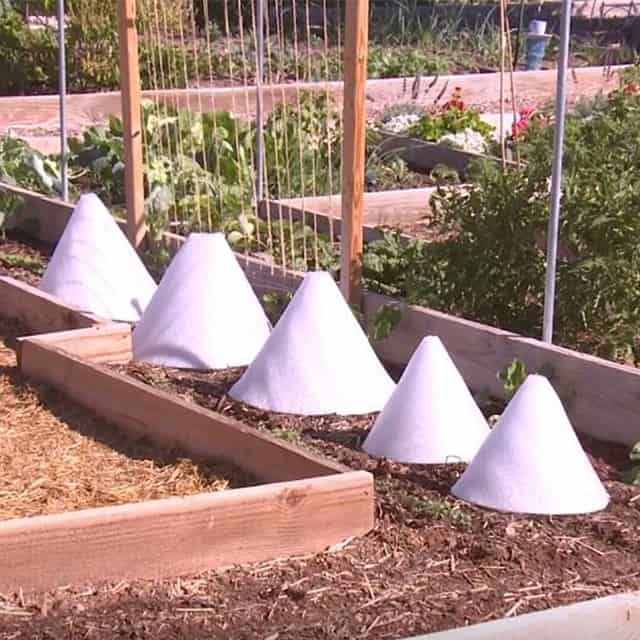
One effective method is to use row covers, garden fabric, or even simple sheets to create insulation at night. Additionally, making use of cloches or plant caps over particularly vulnerable plants can shield them from temperature fluctuations effectively. Consider the placement of sensitive plants—grouping them near established plants or structures can create a microclimate that provides additional warmth.
Weather Variability
April in Zone 7 can present unpredictable weather patterns. Rain showers may alternate with warm sunny days. This variability necessitates flexibility in your gardening routine.
Adapting to Conditions
Be prepared to adjust your watering schedule based on rainfall and temperature changes. Keeping an eye on the forecast will inform your planning, ensuring that you water when necessary and avoid over-saturating soil during rainy periods. Establishing a good watering routine that responds to the needs of your plants and local conditions will support their growth.
Embracing the Gardening Community
Gardening is often a solitary endeavor, but connecting with a community can enrich the experience. April is an excellent month to explore local gardening clubs, farmer’s markets, or workshops hosted by nearby nurseries. Engaging with fellow enthusiasts allows for the exchange of knowledge, resources, and camaraderie.
Learning from Others
Visiting community centers that offer gardening classes, like local botanic gardens or agricultural extension offices, can broaden your insight into best practices. These gatherings often cover topics such as organic gardening methods, pest management tips, and seasonal planting advice. Gleaning knowledge from experienced gardeners, especially those who have cultivated in Zone 7, can yield valuable insights beneficial for your growing season.
Sharing Your Passion
Consider sharing your gardening triumphs and challenges on social media or through a blog. Not only will you inspire others, but you’ll also discover that there’s a wealth of support and encouragement within the gardening community.
Gardening forums can create engaging dialogues, enabling you to ask questions, provide answers, and showcase your gardening endeavors. Whether you’re sharing a successful harvest or seeking advice on plant care, these connections can provide inspiration to keep you motivated.
Volunteering Opportunities
Numerous local organizations often seek volunteers in the spring to assist in community gardens or educational programs. Participating in these initiatives can provide hands-on experience while allowing you to give back. Consider reaching out to local schools or community centers to see if they have gardens requiring help.
Mentoring the Next Generation
If you’re an experienced gardener, consider mentoring someone new to gardening. Sharing your skills and love for growing can help foster the next generation of gardeners, ensuring this rewarding hobby continues to thrive in your community.
Conclusion
Gardening in Zone 7 during April is an exhilarating yet rewarding venture, ushering in fresh growth, vibrant blooms, and the promise of a bountiful harvest. By preparing your space, selecting appropriate plants, and learning the seasonal quirks, you set the stage for gardening success.
This month is not just about the mechanics of planting and maintenance; it’s also about embracing the joy and beauty that gardening can bring. Take the time to connect with nature, explore your creativity, and perhaps forge lasting connections with your gardening community.
With every seed sown and every flower blooming, you participate in the age-old cycle of renewal that spring brings—creating a garden that flourishes not just in beauty but in meaningful experiences as well.




